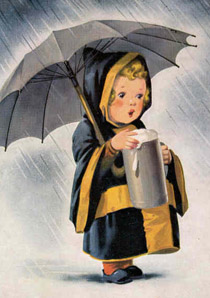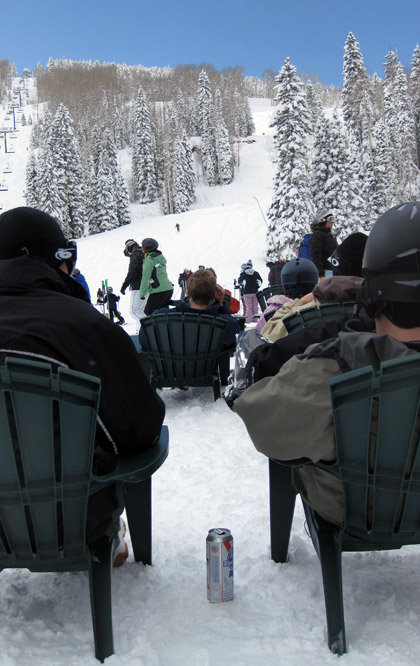 I was going to write about brewers as rock stars today but will save that for Monday (something to think about over the weekend, Alan) because there are so many business related stories worth considering.
I was going to write about brewers as rock stars today but will save that for Monday (something to think about over the weekend, Alan) because there are so many business related stories worth considering.
Start by wandering over to the Zythophile and check out a couple of posts about words for beer (here’s the second).
It seems to me we need to give reporters who write about the business of beer some other words to use. When said reporters throw a net over Budweiser, Sierra Nevada Pale Ale, Corona, Duvel and the pint you should be drinking tonight at your local brewpub and call them all beer they miss important cultural shifts.
The decision isn’t a matter of thinking “should I drink an import or a non-import?” As Stephen Beaumont pointed out it is boire moins, boire mieux (drink less, drink better).
And, “They don’t see wine as elitist or unattainable but believe it denotes maturity and sophistication not given by beer or spirits.”
So are they “trading up” from Coors Light to Yellow Tail? Or from Samuel Adams Utopias? That’s just not clear.
This is not a “craft beer don’t get no respect” rant. Instead I’m bothered that these business stories leave important questions unanswered. It starts with the vocabulary.
Of course you have to sign up as a fan to see the commercials.
Keith Levy, Anheuser-Busch’s vice president for marketing, says the company’s initial decision to not run the horse ad was not a publicity stunt.
But don’t you wonder?
